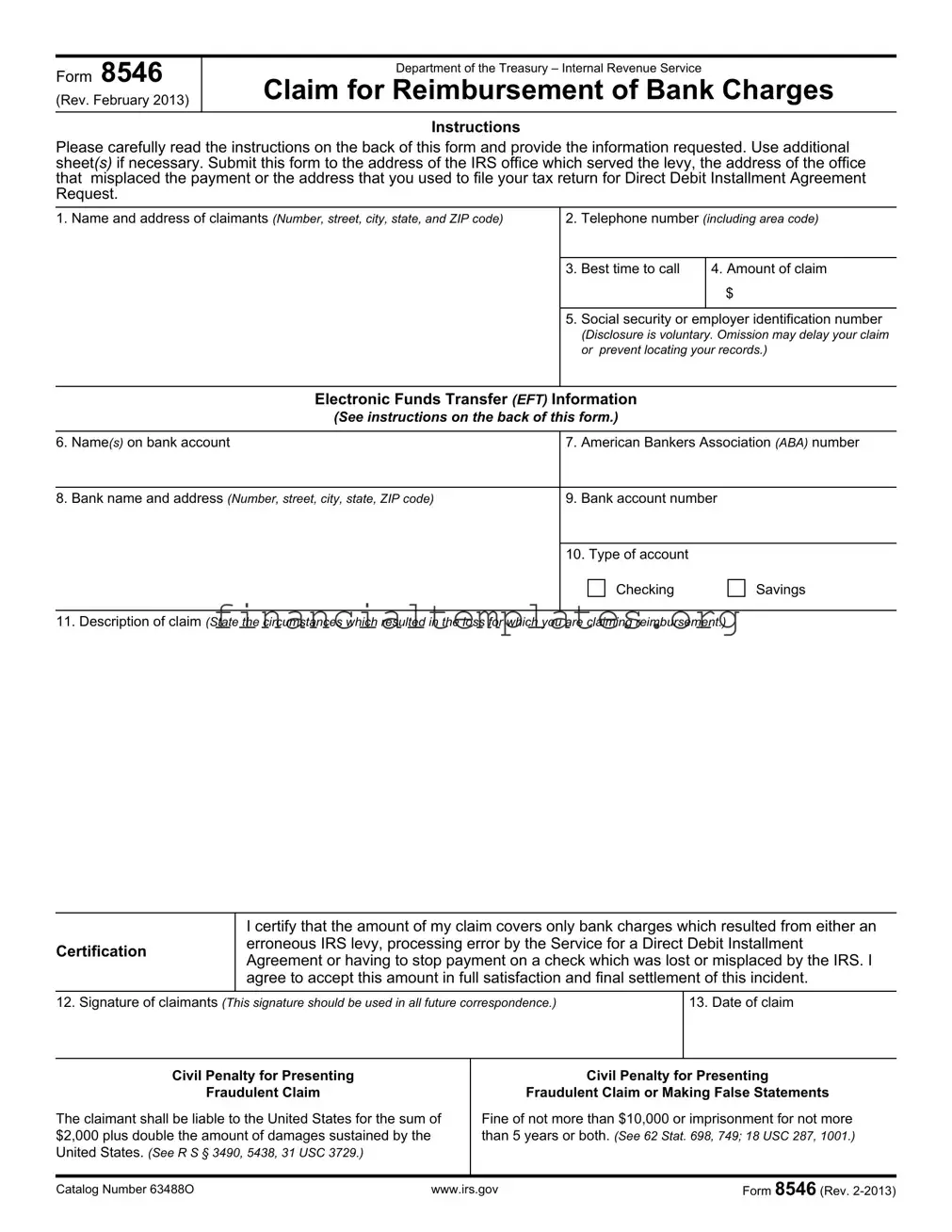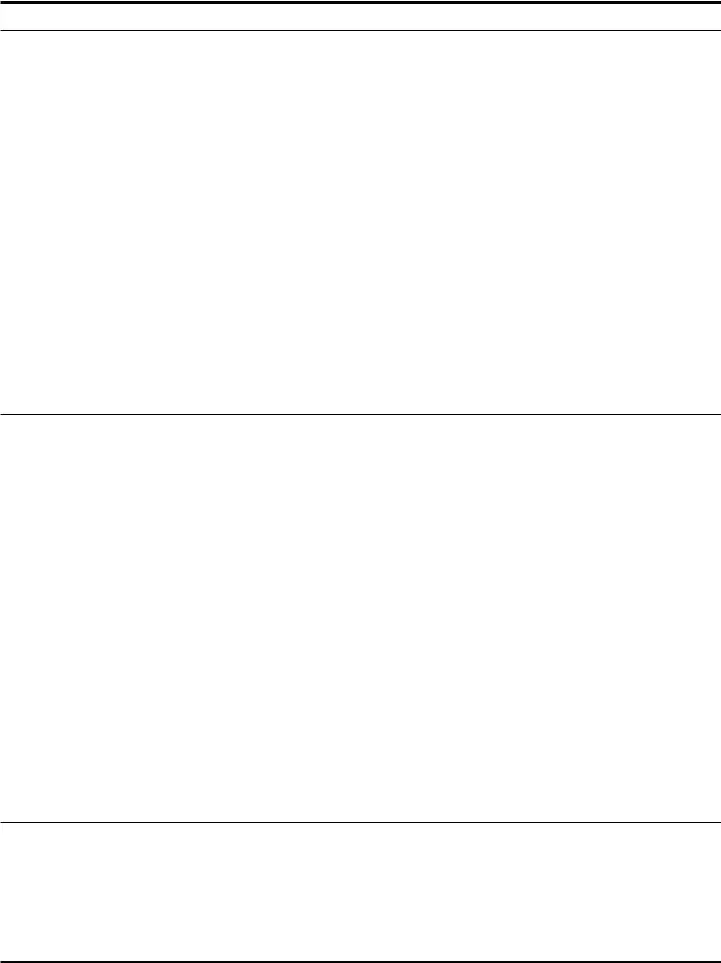Navigating the complexities of financial mishaps and misunderstandings with the Internal Revenue Service (IRS) can be stressful, especially when they result in unfair bank charges. But there's a remedy in place for such situations through the IRS Form 8546. This form is a tool for taxpayers to request reimbursement for bank charges incurred due to IRS errors, including erroneous levies, Direct Debit Installment Agreement (DDIA) processing errors, or mishandling of checks. The process necessitates a thorough documentation procedure, where claimants must provide their personal details, account information, and a clear description of the claim alongside essential proof like bank statements and specific documentation of the IRS mistake. Interestingly, the form also outlines the potential for electronic fund transfers (EFT) for reimbursement, aiming for a quicker, safer, and more convenient resolution. However, the IRS strictly warns against fraudulent claims, imposing severe penalties for any misrepresentation. The policy governing this form reflects the IRS's acknowledgment of its unique enforcement powers and the unintended financial burdens they can sometimes impose on taxpayers, providing a systematic path to rectification and financial fairness. Compliance with the Privacy Act of 1974 is assured, emphasizing the purpose and confidentiality of the information provided on the form. Properly navigating Form 8546 can thus offer taxpayers a valuable recourse, highlighting the IRS’s commitment to rectifying errors and ensuring justice in its financial interactions.


